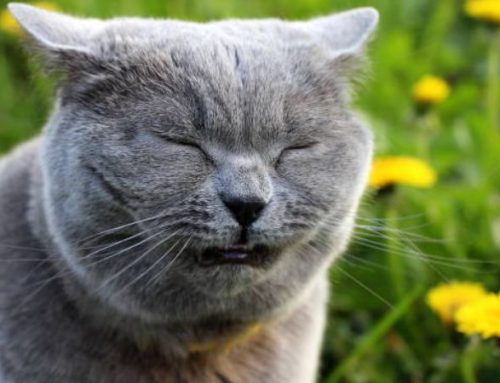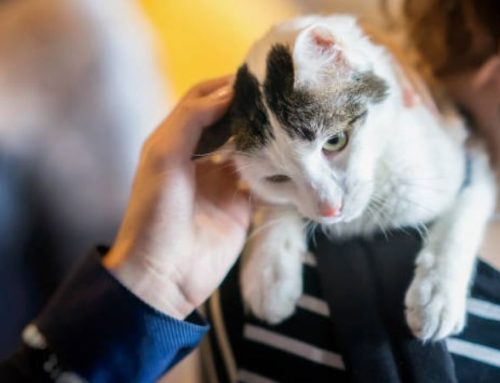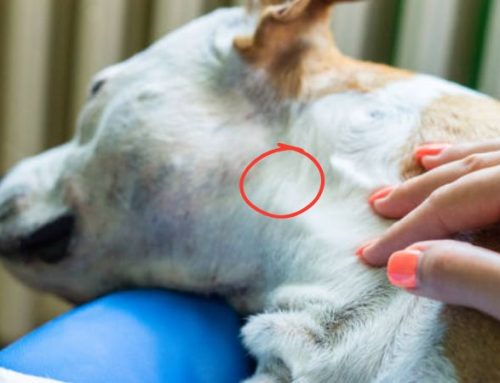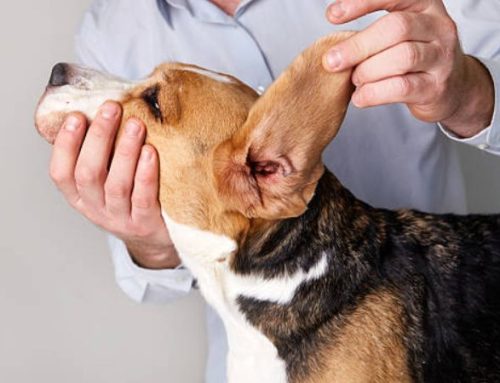Just like tiny humans, kittens also face their own version of “teething troubles.” Those little bites and endless chewing sessions aren’t just mischievous habits they’re signs your kitten’s mouth is growing up. From the moment their first baby teeth poke through to the day their adult set takes over, your furry friend will experience quite the dental journey.
Wondering when kittens lose their teeth, what to expect during each stage, and how to help them through it? Let’s dive into the complete kitten teething timeline, symptoms, and simple ways to make the process easier for both of you.
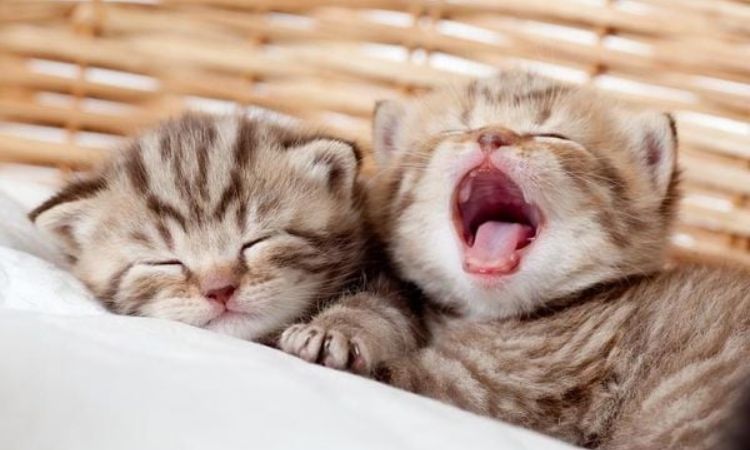
Kitten Teething Age Chart
Understanding when your kitten’s teeth erupt, fall out, and are replaced by adult teeth can help you keep track of their oral development. While each kitten may vary slightly, the timeline below provides a reliable general guide to what happens and when during the teething process.
| Stage | Age Range | Developmental Milestone | What to Expect |
| Stage 1: Toothless Newborn | 0 – 2 weeks | No teeth present | Kittens are born without teeth since they rely entirely on their mother’s milk for nutrition. |
| Stage 2: First Teeth Erupt (Incisors) | 2 – 4 weeks | Incisors (tiny front teeth) begin to emerge | You may notice small, sharp teeth at the front of the mouth — six on top and six on the bottom. |
| Stage 3: Canine Teeth Emerge | 3 – 4 weeks | Canines (fangs) appear | Four pointed canines — one on each side of the upper and lower jaws — break through the gums. |
| Stage 4: Premolars Erupt | 4 – 6 weeks | Premolars appear behind the canines | Kittens develop three premolars on each side of the upper jaw and two on each side of the lower jaw. |
| Stage 5: Full Set of Baby Teeth | 6 – 8 weeks | All 26 deciduous (baby) teeth are in place | Your kitten now has a complete set of baby teeth — small, sharp, and often translucent. |
| Stage 6: Baby Teeth Begin to Fall Out | 3½ – 4 months | Incisors start to loosen and fall out | You may notice gaps or find tiny teeth around the house (though most kittens swallow them). |
| Stage 7: Adult Teeth Start Coming In | 4 – 5 months | Adult incisors, canines, and premolars erupt | Kittens often chew more during this stage as new teeth push through the gums. Mild drooling or irritability is normal. |
| Stage 8: Molars Erupt | 5 – 6 months | First molars appear | These large teeth form at the back of the mouth, completing the adult dental structure. |
| Stage 9: Full Set of Adult Teeth | 6 – 7 months | All 30 permanent teeth are fully developed | Your kitten’s teething phase is complete — 12 incisors, 4 canines, 10 premolars, and 4 molars. |
| Stage 10: Post-Teething Checkup | 7 – 9 months | Teeth alignment and gum health stabilize | Schedule a veterinary dental check to ensure all adult teeth have erupted properly and no baby teeth remain. |
If your kitten still has baby teeth beyond 7–8 months, or you notice double teeth (a baby and adult tooth in the same spot), consult your veterinarian. Retained deciduous teeth can cause crowding, discomfort, or infection if left untreated.
When Do Kittens Lose Their Teeth?
Kittens usually begin losing their baby teeth around 3 to 4 months of age, starting with their tiny incisors at the front of the mouth. This marks the beginning of a natural transition as their mouths prepare for adulthood. Over the next several weeks, you may notice subtle signs like mild drooling, chewing on anything within reach, or a sudden preference for softer food — all normal parts of the process.
By 5 months, most kittens will be deep in the teething phase, shedding their canines and premolars as their adult teeth push through the gums. By the time they reach 6 to 7 months old, the process is usually complete, leaving them with a full set of 30 permanent adult teeth. This timeline can vary slightly depending on the kitten’s breed, size, and overall health, but generally, the entire teething period spans from 3 to 7 months.
During this stage, providing kitten-safe chew toys, gentle dental care, and a bit of patience will help ease discomfort and keep your young feline’s mouth healthy as they grow into their adult smile.

Symptoms of Kitten Teething
Teething is a natural part of a kitten’s development, but it can come with noticeable behaviors and mild discomfort. Recognizing the signs of kitten teething helps you provide comfort and ensures that any unusual symptoms aren’t overlooked.
Common Signs of Teething in Kittens
- Increased Chewing: Kittens often chew more during teething to relieve pressure on their gums. This can include toys, soft objects, or even your fingers if not redirected to appropriate items.
- Discomfort or Irritability: Sore gums can make kittens fussier than usual. You might notice them becoming more vocal, cranky, or less willing to engage in play.
- Pawing at the Mouth or Face: Many kittens will rub or paw at their face to try to alleviate gum soreness caused by erupting teeth.
- Sore or Inflamed Gums: Gums may appear red or slightly swollen where new teeth are emerging. Minor bleeding can occur, but it should be limited and temporary.
- Drooling: Excess saliva is common during teething, similar to what human infants experience.
- Changes in Appetite: Kittens may chew more slowly, drop food, or show reluctance to eat hard kibble. Softening dry food or offering wet food can help them eat comfortably.
Most of the signs listed above are typical for a teething kitten and do not indicate serious problems. Mild drooling, temporary fussiness, slight gum redness, or occasional chewing on toys is part of the normal teething process.
What To Do for a Teething Kitten
Teething is a normal developmental phase for kittens, but it can cause mild discomfort and behavioral changes. Providing proper support during this stage is crucial for your kitten’s comfort, safety, and long-term dental health.
1. Provide Safe and Appropriate Chew Toys
Chewing helps kittens relieve the pressure of emerging adult teeth. Offer items designed for teething rather than letting your kitten chew on hands, furniture, or hazardous household objects:
- Soft Rubber or Silicone Toys: Gentle on tender gums and perfect for chewing.
- Chew Toys Infused with Catnip: Combines teething relief with the stimulating effects of catnip.
- Teething Balls or Chew Wheels: Made of non-toxic foam or latex, these allow kittens to gnaw safely while promoting dental hygiene.
- Frozen Washcloths or Broth-Ice Cubes: Freeze a damp, clean washcloth or ice cubes made from low-sodium chicken broth or diluted tuna juice. The cold soothes inflamed gums and provides relief.
Tip: Always supervise your kitten with toys to prevent choking or ingestion of unsafe materials.
2. Gentle Mouth Checks and Monitoring
While teething, kittens may paw at their mouth, drool, or show crankiness. Gentle observation helps detect issues early:
- Monitor the eruption of adult teeth and check for missing or retained baby teeth.
- Look for signs of gum inflammation, excessive bleeding, or infection.
- Avoid rigorous tooth brushing during teething to prevent creating negative associations.
Gradual Dental Training: Use a soft finger brush with a small amount of cat-safe toothpaste to gently massage the gums. This introduces kittens to oral care, making future brushing easier once adult teeth are in.
3. Adjust Feeding During Teething
Teething can make chewing uncomfortable, so adjusting your kitten’s diet can help:
- Wet Food: Softer and easier to chew, reducing discomfort.
- Soaked Dry Kibble: Add a bit of warm water to dry food to soften it.
- Balanced Nutrition: Choose kitten food formulated for growth, including essential proteins, vitamins, and minerals, supporting both overall development and dental health.
4. Recognize When Teething Symptoms Are Normal
Common signs of teething include:
- Increased chewing on safe objects
- Pawing or rubbing the mouth
- Mild drooling
- Slight gum bleeding or irritation
- Temporary loss of appetite or slower eating
- Crankiness or increased vocalization
These behaviors are usually mild and self-limiting.
5. When to Call a Veterinarian
Contact your vet if you notice:
- Excessive or prolonged gum bleeding
- Severe reluctance to eat or complete loss of appetite
- Swelling, infection, or pus in the mouth
- Retained baby teeth that fail to fall out, which can cause crowding, abnormal eruption of adult teeth, or periodontal disease
Early veterinary intervention ensures proper adult teeth development and prevents long-term dental problems.
6. Dental Care and Preventive Measures
Even during teething, early dental care sets the stage for lifelong oral health:
- Introduce Tooth Brushing Gradually: Use cat-safe toothpaste and soft brushes to gently clean teeth and massage gums.
- Regular Vet Exams: Routine wellness visits allow your vet to check for retained teeth, infections, or other dental concerns.
- Dental Treats and Toys: Specially designed treats and chew toys help control plaque and encourage chewing that strengthens gums and teeth.

Frequently Asked Questions
1. Do Kittens Swallow Their Baby Teeth?
Yes, it’s very common for kittens to swallow their baby (deciduous) teeth. As kittens lose their milk teeth to make way for adult teeth, many of these tiny teeth are swallowed during normal grooming or play. This is usually not a cause for concern and doesn’t affect their health. Occasionally, you may find a few baby teeth around the house, but more often than not, kittens will swallow them without issue.
Tip: Keep an eye on your kitten’s dental development, but there’s no need to worry if you don’t find all the baby teeth.
2. What Do Kitten Teeth Look Like?
Kitten teeth are much smaller, sharper, and more translucent than adult teeth. They are designed to help a growing kitten bite and chew softened food, as well as practice hunting behaviors in play.
- Incisors: Tiny front teeth used for nibbling and grooming.
- Canines: Longer, pointed teeth on either side of the incisors, used for grasping and tearing.
- Premolars: Located behind the canines, these teeth help in chewing and shredding soft food.
By around 8 weeks of age, most kittens will have all 26 baby teeth (12 incisors, 4 canines, and 10 premolars).
3. Kitten Teeth vs Adult Teeth
Kittens have 26 baby teeth, while adult cats have 30 permanent teeth. Here’s how they differ:
| Feature | Kitten Teeth | Adult Teeth |
| Number of teeth | 26 (12 incisors, 4 canines, 10 premolars) | 30 (12 incisors, 4 canines, 10 premolars, 4 molars) |
| Size & Shape | Smaller, sharper, more translucent | Larger, stronger, opaque, and more durable |
| Function | For nursing, nibbling, and play | For chewing, biting, and hunting as fully grown cats |
| Timeline | Erupt: 2–8 weeks, fall out: 3–6 months | Erupt: 3–7 months, fully in by ~6 months (some may take up to 9 months) |
Key Point: Baby teeth are temporary and naturally make room for permanent adult teeth. Adult teeth are meant to last a lifetime, which is why establishing good dental habits early—like brushing, providing safe chew toys, and regular veterinary checkups is essential for long-term oral health.
Information you may be interested in:
- How many kittens will my cat have first time
- When do kittens open their eyes and start walking
- When do kittens start eating food and drinking water
The transition from 26 deciduous teeth to 30 adult teeth, completed by around seven months, is a natural and quick process. Keep the teething age chart handy, offer safe chew toys, and monitor for any signs of retained teeth or excessive discomfort. With proper care during this short window, you ensure your kitten develops a strong, healthy bite for life.


